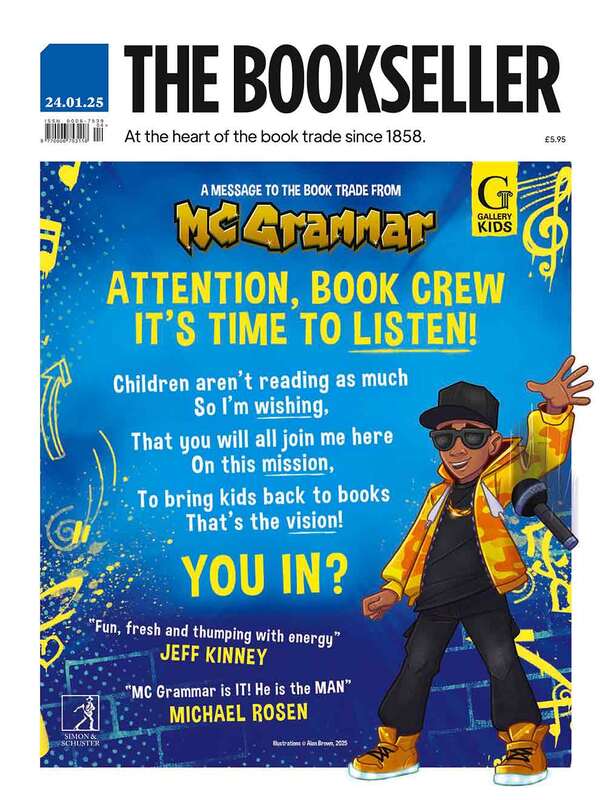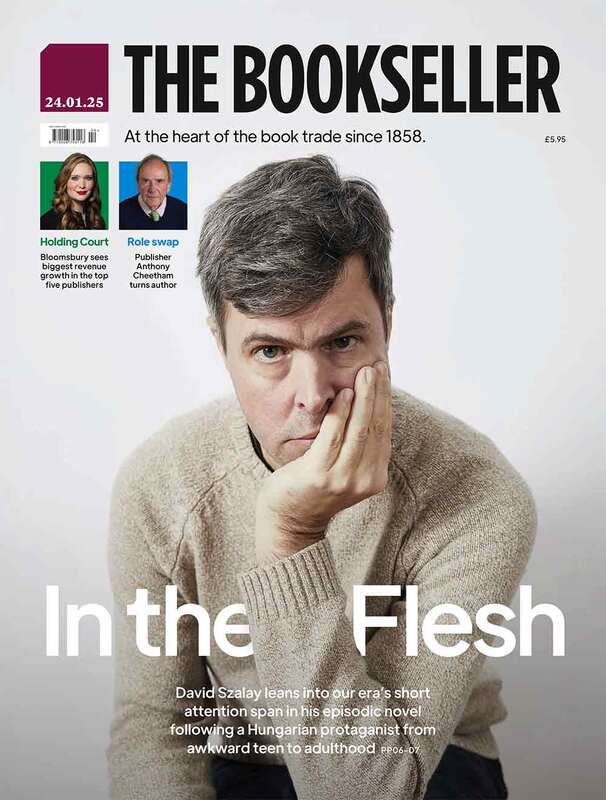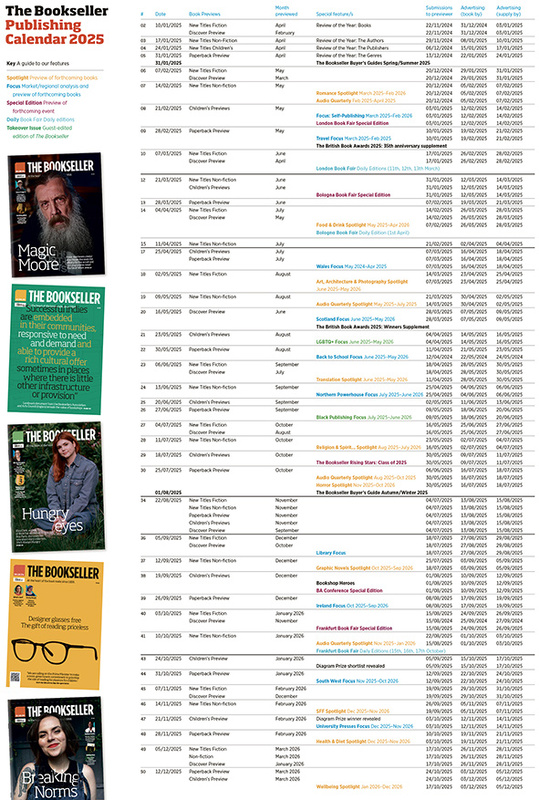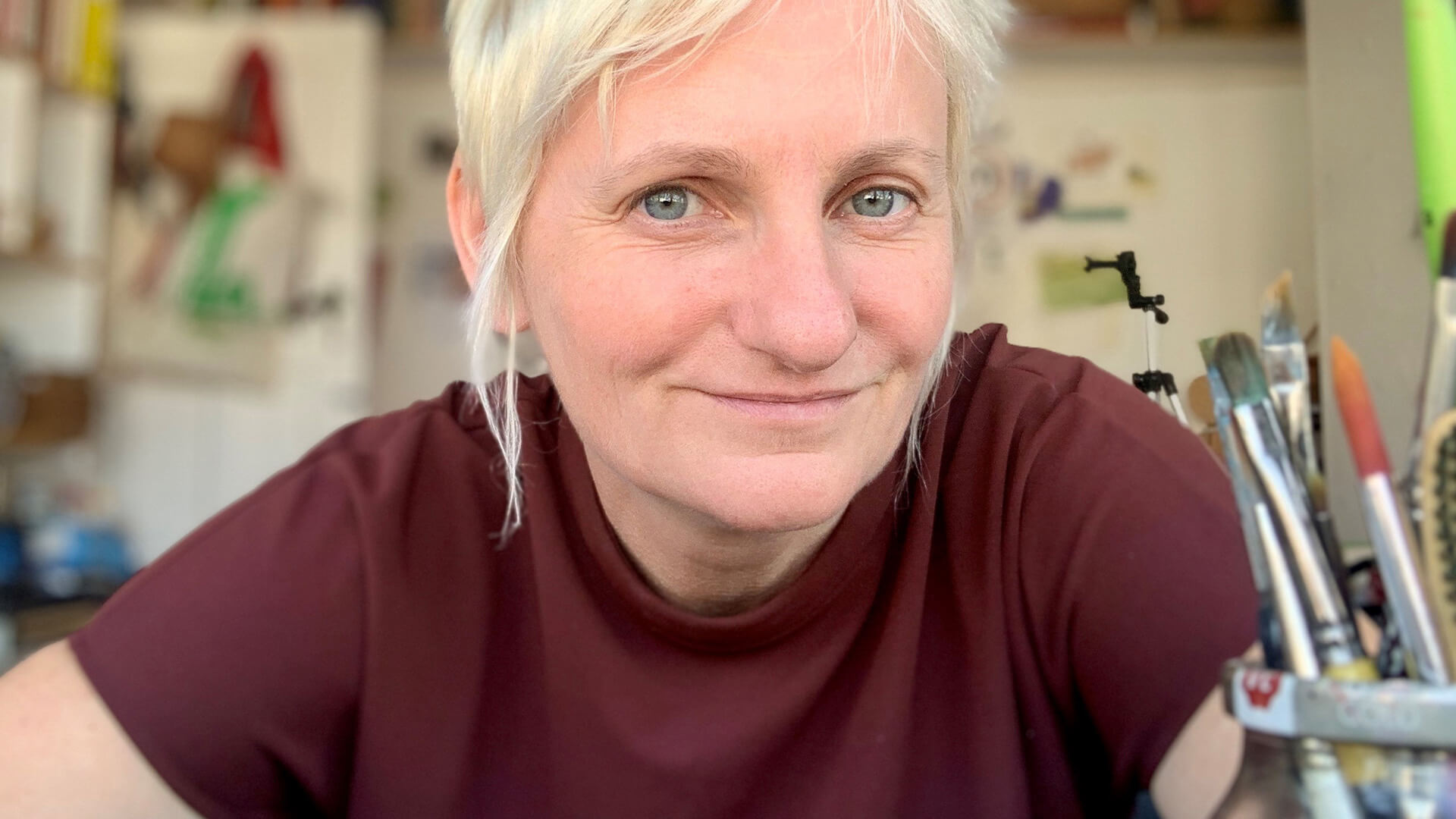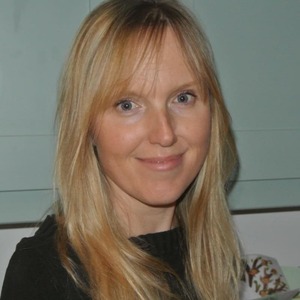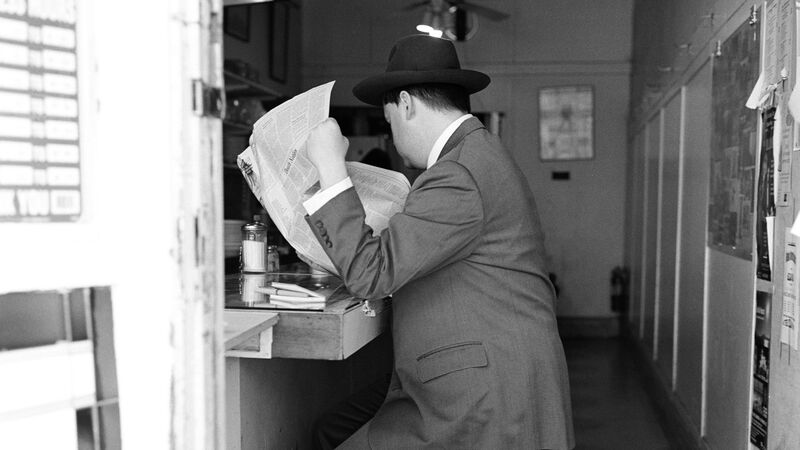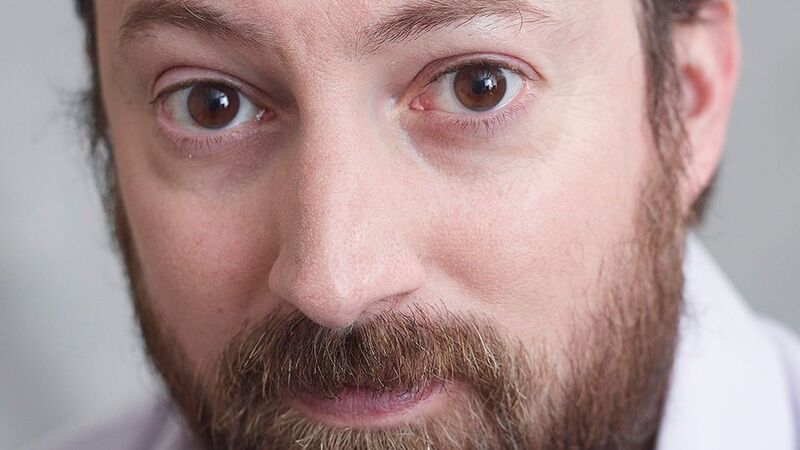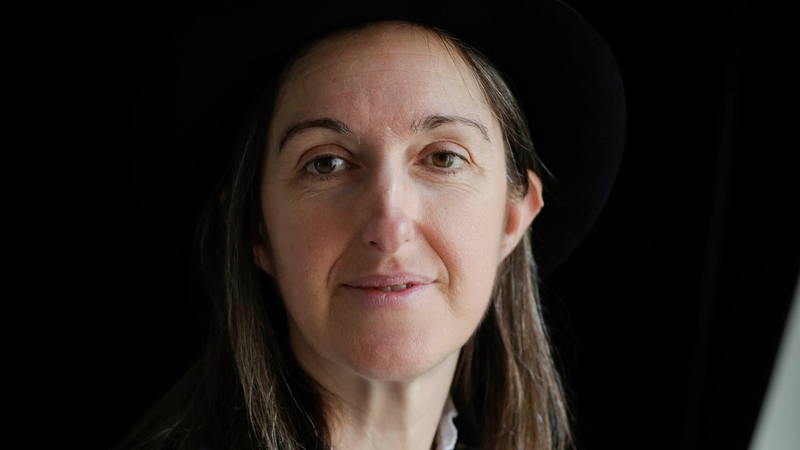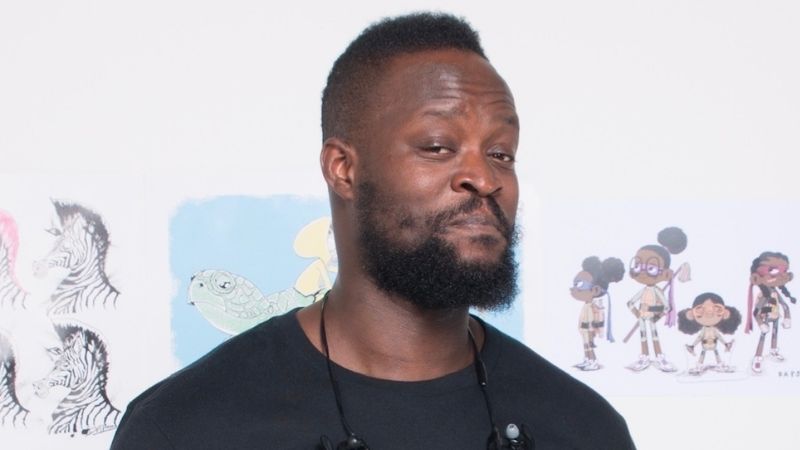You are viewing your 1 free article this month. Login to read more articles.
Emily Gravett talks about her picture book Too Much Stuff, the prelude to a busy upcoming year
Author-illustrator Emily Gravett caps off a busy 12 months with her new picture book Too Much Stuff, a tale about how less can often be more
The older I get the more I like trees,” laughs author-illustrator Emily Gravett. Her new picture book, Too Much Stuff, is a sequel of sorts to 2016’s Tidy, a quirky story about the perils of being too neat, which was shortlisted for the Kate Greenaway Medal.
Gravett loved Tidy’s woodland environment and was keen to set more stories there, with different characters. Step forward the magpies, Meg and Ash, with their predilection for collecting shiny objects to furnish a nest for their perfect eggs. From humble beginnings of mud, sticks and grass, their need for stuff escalates until the nest teeters high with everything from plastic pegs to a cuckoo clock, a mop and bucket, a fancy pram and a car. “They’re a bit like all of us nowadays, with too much stuff and internet shopping habits,” she admits. Fortunately, the other animals are on hand to help when things get out of hand and a community effort saves the day. “We’ve been over-consuming at a mad rate since the 1960s, and the general feeling is that we’ve got to stop.”
Gravett speaks to me over the phone from the studio at her Brighton home. We pause briefly as her young dog Dilys appears, in pursuit of illicit treasures. “Pencils are not safe,” Gravett says, darkly, as the dog is taken downstairs.
Dealing with our stuff is certainly a resonant theme for 21st-century life, and while the book does serve as a cautionary tale, the message is secondary to the energetic storytelling, brilliantly characterful creatures and abundance of visual wit, so typical of Gravett’s art. “I didn’t want it to be a preachy book,” she stresses. “It does sometimes feel that everything has to be worthy and have a message. There’s a place in picture books for all kinds of things, but it’s not what I want to do with my work.”
Sometimes I’ll write the text and then start illustrating, some start with a character, some with a vague concept
I find the evolution of picture books fascinating, and always ask creators if images or words come first. For Gravett the process differs each time. “Sometimes I’ll write the text and then start illustrating, some start with a character, some with a vague concept.” Tidy began life as an animal treasure-hunt story, until Pete the Badger emerged as a star and completely changed the trajectory. Too Much Stuff was more deliberate in that she already had the woodland setting. Gravett rummages around for her little sketch book, the starting point for new ideas. “I had loads of pictures of chickens and, aha, then it’s magpies, talking instantly about stuff. Once I had the magpies it came quite quickly, drawing and writing at the same time.” Gravett draws, paints or inks onto thick watercolour paper, then scans those elements in and collages them together in Photoshop. Her techniques have, she explains, got slicker over the years, like her style itself. “It’s got slicker and clearer and smoother. It’s not necessarily a good thing, but when you draw every day for 15 years you can’t really help it.”
She looks back at her 2005 début Wolves, and can see what she would do differently—though, she suspects, possibly to the detriment of the book. “You become more fluent, but sometimes that ends up looking slightly more generic.” Wolves won the Kate Greenaway Medal (she has won the prize twice) and Gravett still describes it as her most original and defining work. “The further back in time they are, the more I like them,” she muses.
Her third book, Meerkat Mail, became a big commercial success and last year a sequel, Meerkat Christmas, was published, which comes into paperback this October. “It’s a funny one,” she confesses, “because when I did Meerkat Mail I didn’t like it at all.” Gravett’s first two books had evolved from college projects; Meerkat Mail was her first contracted commission. “It was really stressful and I couldn’t really look at it for quite a few years.” Playing with some ideas around creating Christmas cards and decorations, she realised how well it would fit the novelty format of Meerkat Mail, and the sequel was born. Happily, revisiting Sunny and family proved “a much more pleasurable experience!”
I was really able to play with different styles, different ways of working
October is an exceptionally busy month for Gravett: her third new book is an illustrated gift edition of J K Rowling’s Quidditch Through the Ages (Bloomsbury, £25). The Harry Potter companion book was first published as a slender Comic Relief charity title in 2001, but is now transformed into a 160-page spectacular. When she was first approached by Bloomsbury, Gravett was nervous about the scale of the project and the level of commitment involved (“it was such a massive thing”) but a sample chapter sealed the deal. “As soon as I started it, I knew I was going to love it.”
Unlike other illustrated tomes from the Wizarding World, Quidditch...doesn’t include beloved characters, which gave her much more creative freedom. “I didn’t have to worry about what, say, Hermione was going to look like. This is more of a museum book, with lots of different artefacts.” She worked eight hours a day for a whole year, finishing just as lockdown began, but found she didn’t ever get bored because every chapter, every page was a completely different thing. “I was really able to play with different styles, different ways of working. I could do a 16th oil painting one day, a newspaper article the next day, and then make an actual broomstick. It was really, really enjoyable.”

